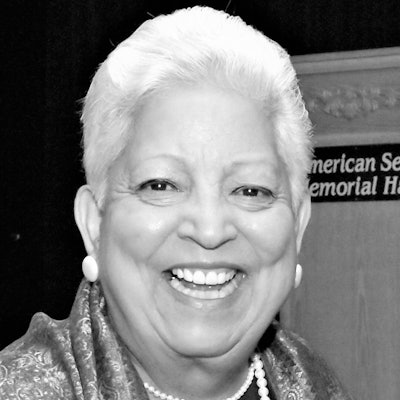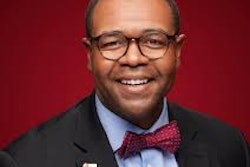The Great Resignation was born out of a pandemic that saw employees leave their jobs en masse in search of more autonomy, higher pay, and new lines of work. Unfortunately, even as places of work and education are opening their doors again, not everyone is eager to walk back through them. For higher education specifically, the Great Resignation of educators stands to have a long-lasting negative impact on the next generation unless colleges adapt to the changing landscape, invest in educators, and make real learning (and not just test passing) the priority.
Much like everyone else, professors faced severe burnout during the pandemic amid constant adjustments to COVID protocols that required rapidly transitioning from in-person teaching to online learning. The abrupt shift created a whole host of logistical challenges from class discussions via Zoom, to drafting new course plans that fit an online and/or hybrid learning environment. At the same time, professors are also dealing with the same anxieties facing other Americans, including economic stress due to rising inflation and struggles with finding childcare.  Dr. Guadalupe Vasquez King
Dr. Guadalupe Vasquez King
As a result of these and other factors, professors are fleeing the profession.
Data released by the Bureau of Labor Statistics revealed a decline in postsecondary instructor employment between May 2020 and May 2021 (1,369,930 versus 1,340,560). Meanwhile, the American Association of University Professors’ annual faculty salary survey report shows a 0.6 percent dip in overall faculty head counts between fall 2019 and fall 2021.
As professors left, universities also implemented hiring freezes, so even those looking to enter the field were unable to find jobs, with faculty job openings at U.S. institutions down 70% from 2019 to 2020.
This bottleneck has led to increased workloads and exacerbated stress for professors during an already difficult time. And the stress is not going unnoticed by students, with a joint Inside Higher Ed/College Pulse survey finding that students noticed professors were showing signs of stress. Throughout the pandemic much of the oneness to connect with students and meet them where they’re at has been put on professors. One-on-one meetings, additional office hours, and more administrative duties relating to the pandemic continue to add more work on a per student basis without the adequate support for professors to address these new demands efficiently.
As the pandemic recedes, many universities have started to roll back the online and virtual offerings that helped higher education survive the public health crisis. But, with a lack of professors, higher education should not only re-invest in more professors, but also lean into these online resources.
By hiring new professors and bolstering virtual courses and online academic resources, colleges can better serve students while also relieving the work burden on teachers. For students, variable class offerings in both modality and timing, along with online resources they can access on their own schedule, is vital to helping them succeed in the classroom and earn their degree. Promoting online offerings also provides professors with more flexibility to teach classes at different times and reduces travel time, allowing them to teach more courses than they might otherwise if they were all in-person.
Virtual resources also offer 24/7 support and can help reduce stress for the limited number of faculty still on campus. Services like Chegg, Quizlet, and Khan Academy can provide detailed walkthroughs of a variety of concepts and help teach students who might be falling behind or who are hesitant to reach out for help. These resources can help relieve the burden on professors, as they can direct students to resources for continued support, which will also aid struggling students or those with gaps in their education outside the scope of a particular course.
Meanwhile, unless colleges invest in more professors, those left are more likely to turn to pre-designed test questions provided by textbook publishers to save time. Publishers offer these test banks alongside their expensive textbooks that are typically assigned to students at the start of the semester. Textbook costs can run on average over $1,000 per year. Unfortunately, in addition to this resulting in a costly bill for students, these test banks become more easily accessible online, as students search for help with questions.
With multiple choice questions determining a larger percentage of their grade, and less opportunity for students to study with classmates along with limited hours to seek help from professors, students understandably are turning to outside resources for assistance. This results in a worse education for students and an academic integrity issue for professors.
In order to stem the mass exodus of professors leaving the field, universities must strike a balance between easing the burden on current faculty and hiring new talent. By maintaining virtual course offerings and expanding access to online learning resources, universities can help professors manage their current workload while they work to invest in new faculty and revise academic policies to be clearer and more applicable to advancing technology.
Dr. Guadalupe Vasquez King is a retired professor of psychology from the University of Wisconsin-Milwaukee and Milwaukee Area Technical College.


















